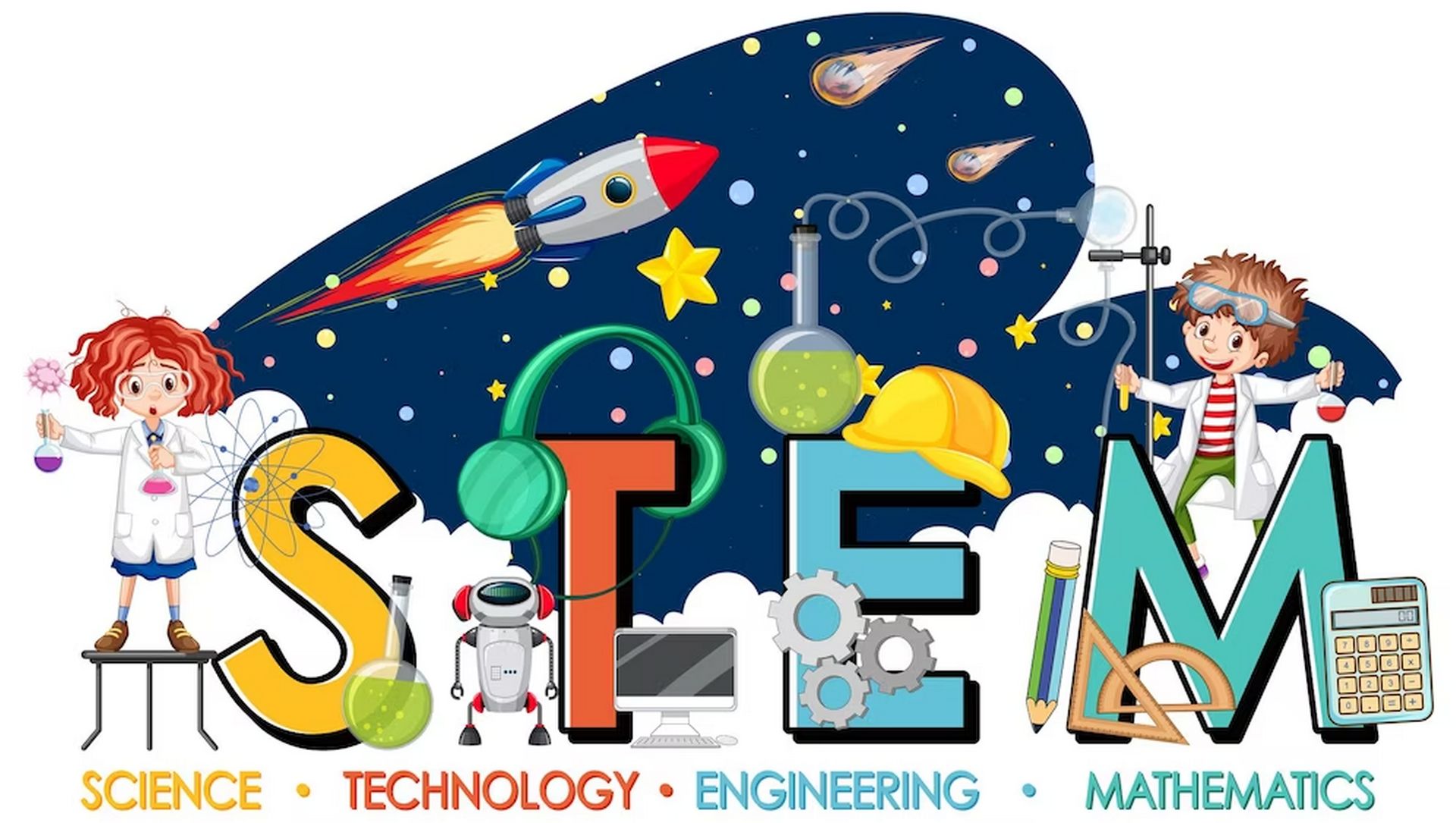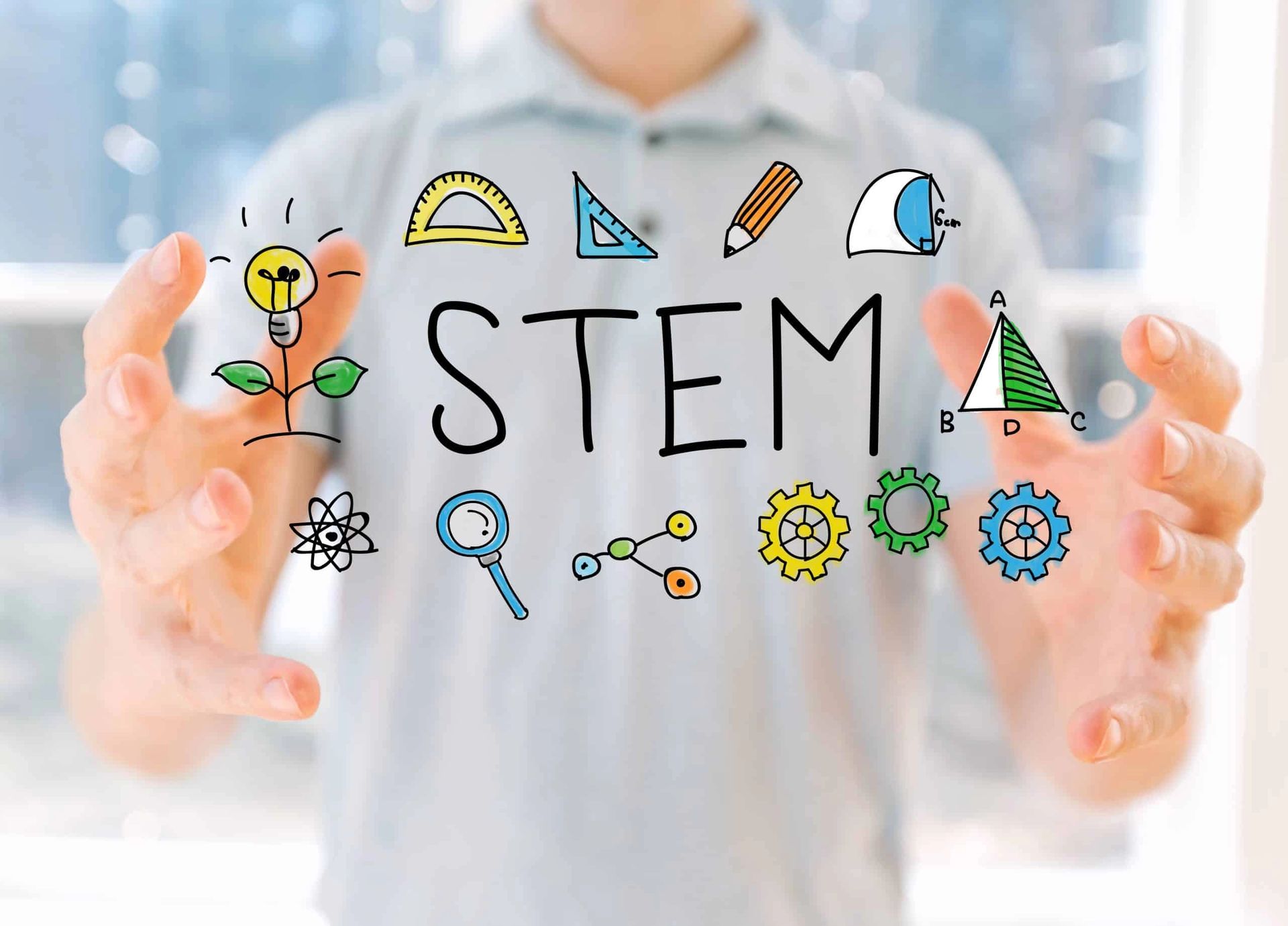The use of technologies and the latest learning methods has been the priority of educators and institutes. Right now, STEM is the most popular debate in education settings. In easy words, STEM stands for Science, Technology, Engineering, and Mathematics. The current education system already has these factors in place. Why is there so much hype about this new concept? Does this approach offer any benefits to the students? This learning and teaching approach is a little bit different from typical styles. This is based on the interests and personal requirements of the students.
Unlike traditional teaching methods, students are free to make their choices. Every student has different learning capabilities, and STEM will offer value to all. The idea is to integrate and blend different subjects, so students can get better exposure to the theme.
Why is STEM getting attention?
The idea has been around for quite a long time. Despite having some significant benefits, not many educational experts have tried to implement the method. Recently, many others have also been talking about gaps in the current learning environment for students. STEM promotes real-life learning and understanding of the concepts. Instead of following simple class tests and lessons, the idea is to educate students through real-life activities. If implemented correctly, this learning method is supposed to offer different benefits, including:
- Communication
- Collaboration
- Critical thinking
- Practicality
- Research
- Problem-solving
- Creativity
These are a few skills that are needed for a successful life in any sector of personal and professional life. Following typical lessons and other learning materials will get students nowhere. STEM will enable and prepare them for the real-life situations they are going to face in life.
Why is STEM important?
The education sector in different countries is slowly realizing the importance of STEM for the better development of students. Students who learn STEM in their early education settings prove to be more creative in their professional lives. The base of their learning makes them capable of performing better than ordinary people in the same industry. Workforce requirements and roles are changing in the 21st century. Businesses are looking to hire professionals who just don’t have the degrees but skills too.

Most businesses have to train newcomers. Students with STEM backgrounds require less time to adapt to the new changes and skills. Their previous training makes them job-ready. They also tend to be more creative and innovative in the workplace. These are ideal features for an ideal employee at any firm or business.
What are STEM careers?
Students who come from STEM backgrounds can perform in any traditional business environment. Top careers for STEM students include engineering, computing, physics, and mathematics. Skills required for general life tasks are not taught in conventional class settings. If one wants to play at an online casino for fun, no school teaches how to manage a bankroll or how to pick odds. STEM will enable students to be creative, and even playing at kasyno na pieniadze will be no challenge to them. All of these games are based on mathematics and probabilities. Apart from playing games, there are other different parts of life where you have to think out of the box.
Apart from basic STEM careers, there are opportunities for such students in every other sector of life. STEM graduates are performing their duties in different industries, including:
- Healthcare businesses
- Industries
- Financial sectors
- Data analysis
- AI-based startups
- Computing world
- Telecommunication
There are countless job opportunities for STEM graduates. The implementation of this method will take some time, but the efforts are worth it. Education departments in different countries are promoting STEM at national levels. Schools and other educational institutes can promote this concept at the local level too.
What do teachers think of STEM?
There are mixed views from teachers regarding these concepts. The change at this high level is going to be challenging. Still, here are some positive aspects of this education system that teachers expect to see in the education sector.
Increased relevance
The current syllabus does not address the needs of the future job market needs. Adding STEM to learning and disciplines will make them better prepared for the future. Teaching them real-world applications of the concepts will make the learning process more effective and relevant.
Improved engagement
Learning should not be boring, as a proper environment requires the proper attention of the students. Lessons from textbooks will make students sleepy, nothing else. With inquiry-based learning settings, students will get to learn more, and they will pay more attention to what’s being taught.
Innovation in teaching
Not only students, but teachers will also benefit a lot from STEM settings. Teaching complicated and practical based concepts was a challenge. Doing practicals of the same idea will make the teacher’s job easier. Project-based learning will help them to get desired results from the students. They will also be more creative about teaching methods.
Resource challenges
The education sector in some countries needs improvements on higher levels. Teachers have objections about the effectiveness of STEM with limited resources. Using this learning method will require the latest and modern resources and equipment. Without essential tools and resources, STEM will cause challenges for all.
Time constraints
Integrating STEM into traditional learning requires time. Performing practical examples for different subjects requires time. Our education settings rely on papers and tests to evaluate the capability and performance of the students. In such complicated environments, students will find it difficult to manage core subjects with STEM.
Conclusion
The expectations may vary depending on the resources available for the teachers. There are unlimited benefits to following this learning method. With effective planning, these little challenges can be overcome. Developing countries also need to adapt to this trend. They need to train their teachers and instructors before introducing STEM at the national level.
We need to prepare students for future job markets. Trends are changing rapidly, but the syllabus is the same. How can students learn to evolve when they don’t get the very basic training from the start? Local efforts value the most, so make sure to implement and promote STEM in your region.




